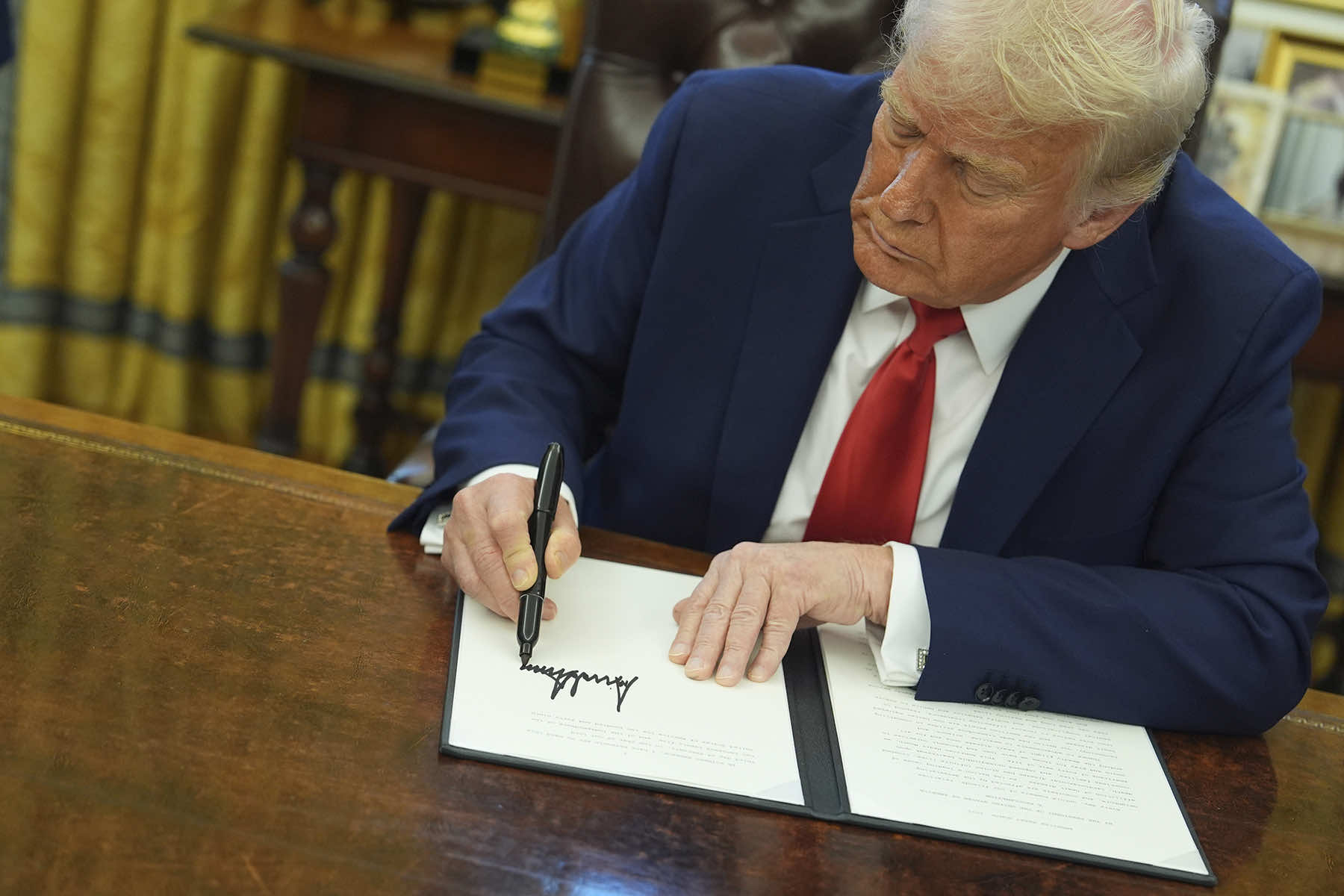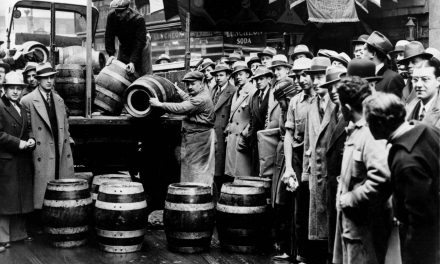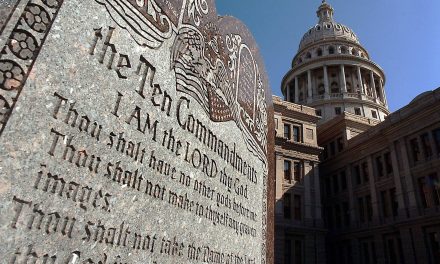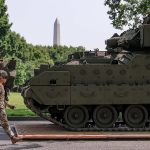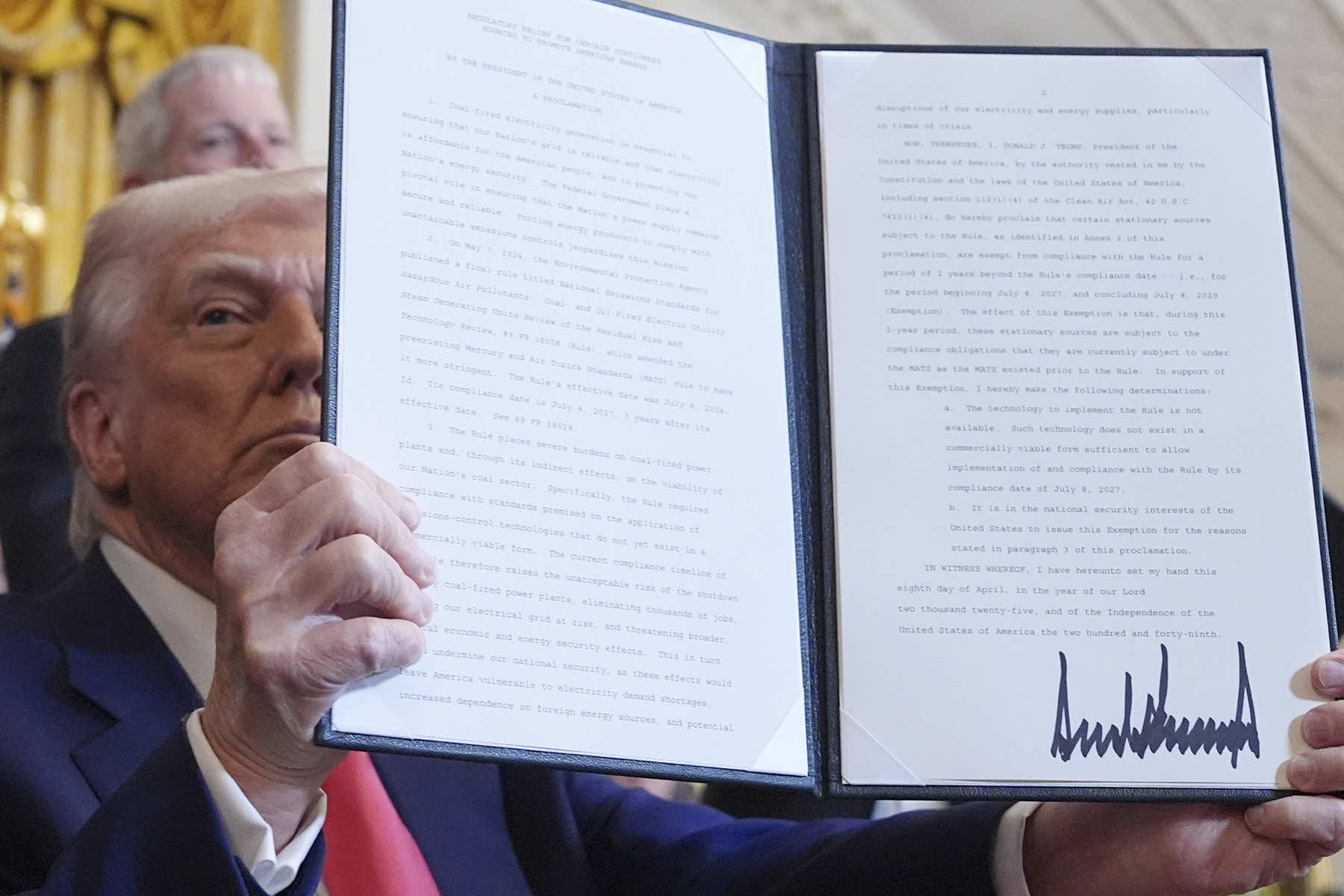
In an aggressive and far-reaching executive order issued April 28, Donald Trump has laid the groundwork for a sweeping federal intervention into local law enforcement, stripping away oversight, militarizing civilian policing, and threatening legal retribution against officials who promote diversity or limit aggressive police tactics.
Falsely framed as a law-and-order initiative, the order directs the Department of Justice and the Department of Defense to “unleash” law enforcement, providing legal shields to officers accused of misconduct, dissolving consent decrees that hold departments accountable, and flooding local agencies with military-grade equipment and personnel.
But beneath the political rhetoric of safety lies a carefully constructed apparatus for political enforcement, one that casts civil rights protections as obstacles and treats equity initiatives as criminal threats.
The executive order does not merely reject reform, it actively criminalizes it.
In perhaps its most alarming clause, the order authorizes federal prosecution of local officials whose equity policies “restrict law enforcement activity or endanger citizens.” The language is vague by design. In practice, it means any police reform initiative, from de-escalation programs to sanctuary city policies to racial bias training, could be interpreted as unlawful obstruction.
Sec. 5. (b) unlawfully engage in discrimination or civil-rights violations under the guise of “diversity, equity, and inclusion” initiatives that restrict law enforcement activity or endanger citizens.
The legal consequences are not theoretical. The order directs the attorney general to “pursue all necessary legal remedies” against local leaders who impose such policies. That includes prosecution under federal criminal statutes, an extraordinary escalation that effectively treats political disagreement over policing as a crime.
This represents a radical break from long-standing norms of federalism and local control. Consent decrees, which the executive order targets for elimination, are binding agreements imposed by federal courts to correct systemic abuse in police departments.
They have been used for decades to address excessive force, racial profiling, and unconstitutional policing. Trump’s order treats them not as safeguards, but as “impediments” to be modified or terminated within 60 days.
Sec. 3. (b) Within 60 days of the date of this order, the Attorney General shall review all ongoing Federal consent decrees, out-of-court agreements, and post-judgment orders to which a State or local law enforcement agency is a party and modify, rescind, or move to conclude such measures that unduly impede the performance of law enforcement functions.
That time frame is revealing. The administration is not simply opposed to police oversight. It wants it gone immediately, without public comment.
Also embedded in the order is a major expansion of federal protections for law enforcement officers. Not from danger, but from accountability. The Department of Justice is ordered to create a legal defense mechanism for officers accused of misconduct “during the performance of their official duties.”
This includes indemnification, meaning the federal government would shield officers from personal liability, even in civil rights cases.
Sec. 2. The Attorney General shall take all appropriate action to create a mechanism to provide legal resources and indemnification to law enforcement officers who unjustly incur expenses and liabilities for actions taken during the performance of their official duties to enforce the law. This mechanism shall include the use of private-sector pro bono assistance for such law enforcement officers.
In effect, the order elevates law enforcement above the law. If an officer violates someone’s constitutional rights, but claims to be enforcing the law, they may be protected from both financial penalties and criminal prosecution. This is not support for public safety. It is a license to abuse without consequence.
Meanwhile, the order incentivizes harsher policing by calling for “enhanced sentences” for crimes against police, regardless of severity or motive. At the same time, it promotes expanded pay and benefits for law enforcement officers, further aligning financial reward with aggressive enforcement.
These provisions, framed as morale boosters, are more accurately understood as a system of rewards and punishments. Loyalty to federal law-and-order ideology is rewarded, while dissent or reform is punished.
The use of military assets to enforce domestic law is another unprecedented move. Within 90 days, the Department of Defense is to coordinate with the DOJ and Homeland Security to assess how “non-lethal capabilities,” military training, and personnel can be deployed in U.S. cities.
The order revives and expands the military surplus pipeline that flooded police departments with tanks, drones, and assault weapons during the early 2010s — equipment that was used most visibly against unarmed protesters.
Under this directive, however, it goes further. It doesn’t just give police new gear — it integrates them with national security forces. The invocation of Homeland Security Task Forces, created under a separate Trump order to “protect against invasion,” signals a reclassification of crime as a national security issue. That redefinition paves the way for surveillance, intelligence operations, and the suspension of civil liberties under the justification of emergency powers.
Sec. 4. (b) Within 90 days of the date of this order, the Secretary of Defense, in coordination with the Attorney General, shall determine how military and national security assets, training, non-lethal capabilities, and personnel can most effectively be utilized to prevent crime.
The danger is not just in what this executive order does now, but in how it will be used later.
By criminalizing political choices around policing, Trump’s order creates the infrastructure for targeted repression. A local mayor who suspends a controversial police unit could be accused of obstructing law enforcement. A school district implementing diversity initiatives could be flagged for violating vague provisions on “equity-based discrimination.”
Activists, reformers, even elected officials may find themselves in the crosshairs — not because they broke laws, but because they oppose Trump’s definition of public safety.
The order’s reach is also reinforced through data. A directive to expand crime data collection and make it “uniform” across jurisdictions may sound innocuous. But in context, it is a tool of narrative control.
By shaping how crime is defined and reported, the administration can manufacture justification for further crackdowns, portray targeted communities as threats, and discredit reform-minded officials with selectively aggregated statistics.
The deliberate vagueness of terms like “obstruction,” “unlawful direction,” and “equity-based discrimination” allows for broad interpretation, and that’s the point. Trump’s order does not need precise language because its purpose is not to protect the public, but to protect a particular vision of authority.
The order, which by definition is not a law, also eliminates any ambiguity about where federal loyalty lies. Officers accused of wrongdoing are not only granted legal defense but elevated as victims — “wrongly accused and abused by State or local officials.” This rhetorical inversion is more than political theater. It rewrites the relationship between power and accountability, transforming abuse into heroism and criticism into betrayal.
The calculated framing suggests that any check on law enforcement power is, by default, anti-American. In doing so, it delegitimizes legitimate public scrutiny, civil rights advocacy, and the rights of citizens to question government force. It positions law enforcement as a class unto itself, entitled to extra protection, publicly subsidized immunity, and exemption from the very legal system they are tasked with upholding.
This stratification of power is deeply corrosive to democratic institutions. While past administrations — Republican and Democratic alike — have expanded executive policing authority in subtle ways, this executive order does so with open hostility to the Constitution’s balance of powers. It treats cities and states not as partners in governance, but as obstacles to be neutralized.
And it sets a precedent that will not be easily reversed. Once systems of repression are built, they rarely remain dormant. The Department of Justice now has a federal mandate to seek out local officials and policies it deems obstructive, even if those policies were passed by democratic vote.
The militarized assets being shipped to police departments will not disappear after Trump’s term. They will remain in neighborhoods, schools, and city centers, long after the cameras move on. The structural changes, such as legal shields, centralized data control, national security entanglements, will outlast the political moment.
The pattern is already clear. In the wake of the George Floyd protests, Trump previously deployed federal agents in unmarked vehicles to detain demonstrators without cause. He invoked the Insurrection Act and labeled protestors as domestic terrorists. The current executive order simply codifies those impulses, giving them bureaucratic permanence and legal weight.
The most sinister element of this order is not its power, but its subtlety. Nowhere does it declare martial law or suspend elections. But it doesn’t have to. By redefining equity as discrimination, dissent as obstruction, and militarization as support, it accomplishes the same objective: silencing opposition while expanding the reach of state violence.
Sec. 1. “My Administration will work to ensure that law enforcement officers across America focus on ending crime, not pursuing harmful, illegal race-based and sex-based ‘equity’ policies.
The order weaponizes legality. Not through overt illegality, but through the manipulation of legal norms. Every provision is couched in patriotic language, invoking public safety and national strength. But each one carefully rewrites the rules of engagement between government and governed. It asks the public to trust a system that explicitly removes its own accountability.
That is the paradox at the heart of this order. It claims to protect law and order, while dismantling the legal boundaries that prevent abuse. It invokes the Constitution while trampling its core principles of checks, rights, and local governance. It promises security, but delivers only submission, to a federal regime that demands loyalty, obedience, and silence.
What this order ultimately establishes is not safer streets or stronger institutions, but a state-sanctioned hierarchy of power — one in which law enforcement answers not to the public, but to the presidency; one where justice is filtered through ideology, not principle; and one where American citizens are no longer protected from the state, but punished by it.
The danger is here. It is written into policy. And unless this order is challenged in courts, legislatures, and public consciousness, the consequences will be felt for generations.
This is not reform. This is retribution, coded in legalese and enforced with armored trucks. nd the people it aims to protect are not the public. They are the brutal enforcers.
© Photo
Evan Vucci (AP)

